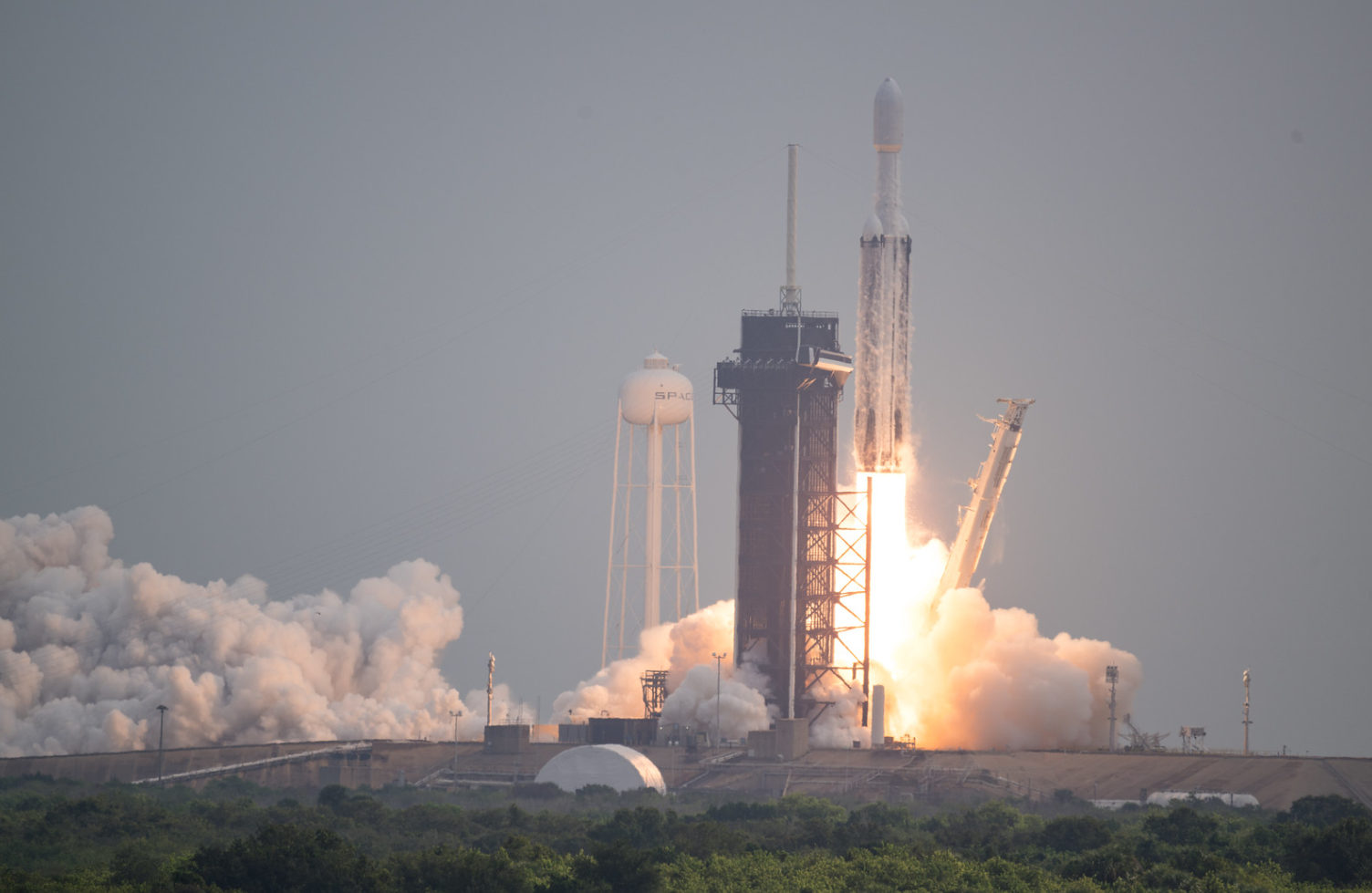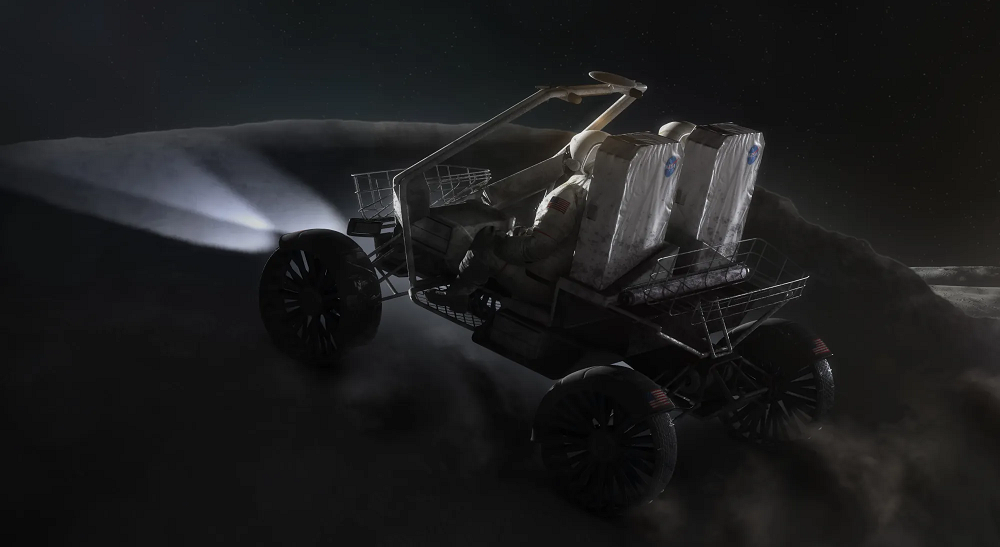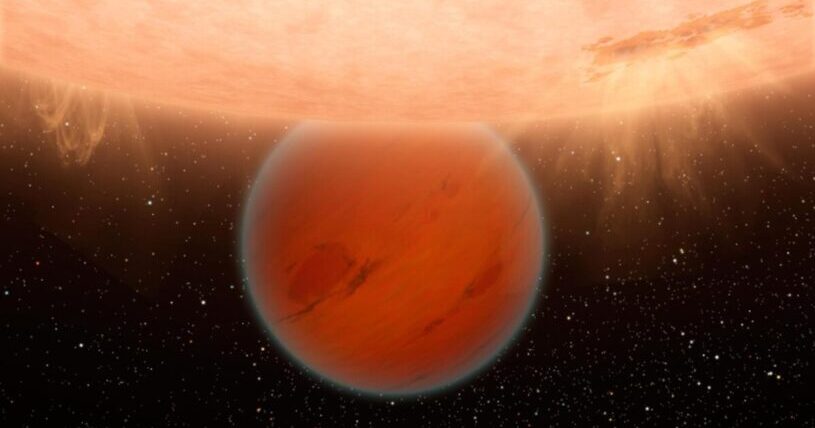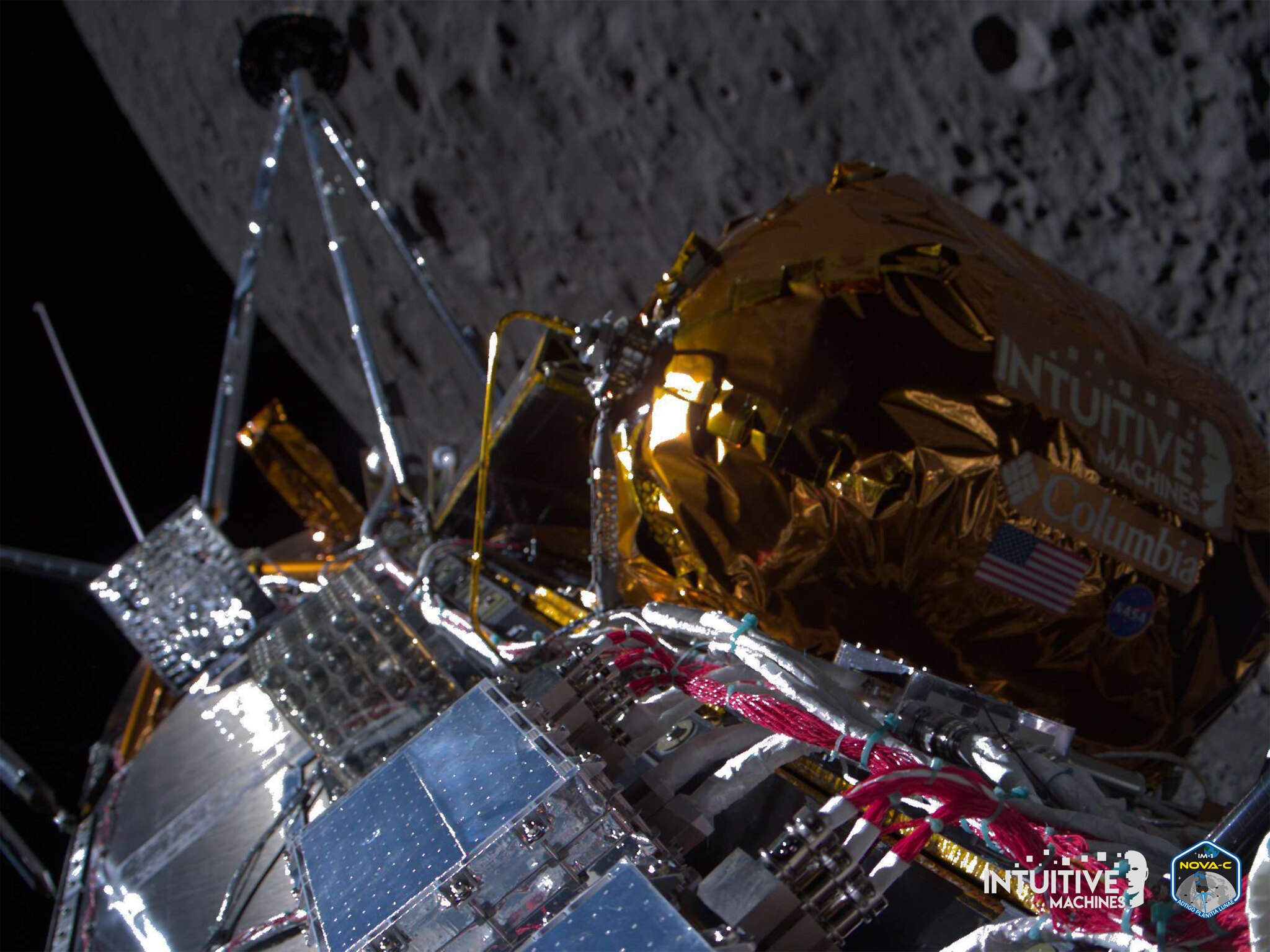Psyche Asteroid Mission Begins Six-year Journey
 A SpaceX rocket with the Psyche spacecraft onboard launches from NASA’s Kennedy Space Center on Oct. 13. Credit: NASA
A SpaceX rocket with the Psyche spacecraft onboard launches from NASA’s Kennedy Space Center on Oct. 13. Credit: NASA A spacecraft is now on course to visit a world the likes of which have never been closely studied. On Oct. 13, the Psyche spacecraft launched from Cape Canaveral, beginning a 2.2-billion-mile journey to the asteroid of the same name. This was the first NASA mission to launch on SpaceX’s Falcon Heavy rocket, and the beginning of a six-year journey across the solar system.
The 140-mile-wide asteroid Psyche orbits the Sun between Mars and Jupiter. Psyche is believed to primarily consist of iron and nickel, making this the first NASA mission to study an asteroid that has more metal than rock or ice.
“What’s really exciting about Psyche being a metal-rich asteroid is we haven’t yet had the opportunity to explore a planetary core,” said Psyche flight systems engineer Christina Hernandez. “That’s what we think actually happened to Psyche. . . It could have been the remnant of a planetary collision billions of years ago in our solar system, and all that’s left is the metal-rich remnant.”
While the Psyche spacecraft isn’t expected to reach its destination until 2029, there are multiple opportunities for science and research along the way. This mission will test the “next generation” of space communication: the Deep Space Optical Communications system. This experimental technology transmits near-infrared lasers to faster send data back to Earth. This will be the first test of laser communication from beyond the Moon.
When the spacecraft reaches the asteroid, it will orbit for 26 months. The spacecraft’s orbital period will gradually shrink over those two years, from 33 hours to 4 hours as it gets closer to the asteroid and captures higher quality imagery. But the spacecraft will not retrieve a sample or land on the asteroid to collect data. Instead, it will use gamma ray and neutron spectrometers to study elemental composition of the asteroid and the magnetic fields of metallic bodies in space.
“Until now, we’ve been measuring little quarter-millimeter fragments in our laboratory. Now we’re sending a magnetometer out on a big spacecraft out to measure the magnetic field of a big asteroid,” said Ben Weiss, deputy principal investigator of the Psyche mission. “We’re hoping to make the first detection of a magnetic field around an asteroid.”
–Jeff Gardner, jgardner@spacefoundation.org




